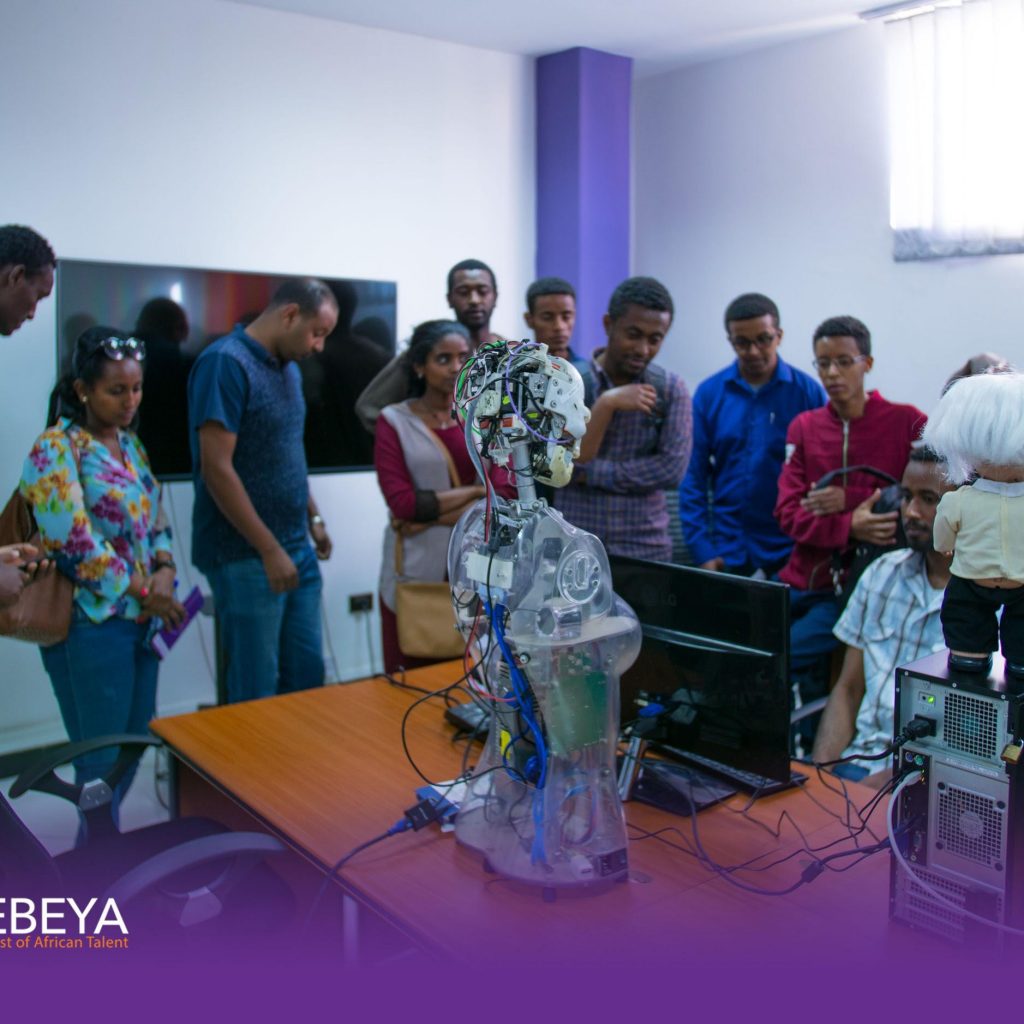
Many small businesses take a casual “as needed” approach to employee training and development. This approach leads to a frustrating process of “re-inventing the wheel” every time new employees are brought into your organization. Companies that develop and implement training and development programs generally find they have greatly increased revenue per employee. In this article, tech investor Hiruy Amanuel and ecosystem builder Lindani Mkhize discuss some basic steps involved in establishing an employee training process for your company with a hands-on approach.

1. Determine Your Training Needs
You should perform a complete assessment of your training strategy. Determine what is currently used when training new hires or promoting existing employees. Gather together all guides, books, and other training materials that are used throughout your organization. Get feedback from department managers and existing employees to evaluate current training and to identify gaps in training that are not being addressed. Additionally, determine what training methods aren’t considered effective or useful by existing staff.
2. Plan Changes to Address Gaps and Redundancies
Your evaluation should help to identify areas where training is missing and usually, you will find many areas where additional training will be beneficial. You will then be required to prioritize which new training areas should be included, which should be removed, and how to structure training to ensure that high-priority items get sufficient attention. This part of the process requires high attention to detail.
3. Develop Adult Learning Training Methods
Remember that you are training adults and your methods should use typical adult learning principles to be effective. Adult learners should be goal-oriented and self-directed. “They normally are eager for relevant training and shun remedial rule-giving that is not directed at their work objectives,” said Hiruy Amanuel. Adults appreciate mutual respect in learning environments, and will normally buy into company objectives and culture when they are immediately shown how they are valuable to the company’s success.
4. Develop Training Content
Content development requires a substantial time investment. Start with a thorough review of all of your existing training materials. Editing and repurposing much of your existing material may make it useful in a revised and comprehensive training program. Go over existing training materials with current managers and key employees to evaluate what to keep and what to throw out. Then source new training content and materials from available sources like industry reports, consulting materials, and videos and podcasts. Go back to your managers for input on appropriate new training content.
5. Create Training Materials
Plan on using a variety of training materials. Word and Excel programs will assist in developing handouts and brochure materials, and PowerPoint presentations and handouts are especially useful in teaching sequential processes. There are a wide variety of training software applications available that allow for interactive training exercises and the creation of additional employee manuals and handouts during the training process. Create materials needed for role-playing exercises and training simulations.
6. Continuously Measure Training Success and Modify as Needed
The key to training success is treating the process as continuing and seeking feedback from the process at all times. When weaknesses or gaps are detected, you will find it much easier to make appropriate changes to a comprehensive training system
7. Out on employees
Having training processes in place is not just good for the business only, but it is also good for your employees’ morale as it improves their knowledge they become more productive and trusting to the company which will then result in more trusting teams and positive growth for the business. “Employees engage with employers and organizations when they are treated like humans and having the training processes in place speaks volumes to your employees and their personal vision and their future goals,” says Lindani Mkhize.
About Hiruy Amanuel
Hiruy Amanuel is an investor who is dedicated to developing opportunities in the IT sector in Africa. Now based in China, Mr Amanuel has co-founded several tech companies, including Gebeya Inc. which is involved in creating and promoting opportunities for Africa’s IT professionals through capacity building, Gebeya Media which is East Africa’s premier multimedia and animation company, and Kukulugame which is Africa’s first 3d Mobile runner game. Hiruy Amanuel is helping bring the best of African tech-talent to the world and impacting countless people’s lives along the way.
About Lindani Mkhize
Lindani Mkhize is a Durban based tech entrepreneur and startup ecosystem builder, he has co-founded a number of tech startups before eventually starting his non-profit, Silicon Durbs. Silicon Durbs is the most prominent tech ecosystem providing local startups with the resources and mentorship they need to scale. Lindani oversees startup programs that are designed for new founders to set up their business and contribute to the ecosystem and network. Mr Mkhize believes that through stimulating tech innovation and entrepreneurship ecosystems in Africa, the continent will be able to sustain itself moving into the 4rth industrial revolution. Mr Mkhize’s personal vision is to see Africans leading the world in technology innovation.




